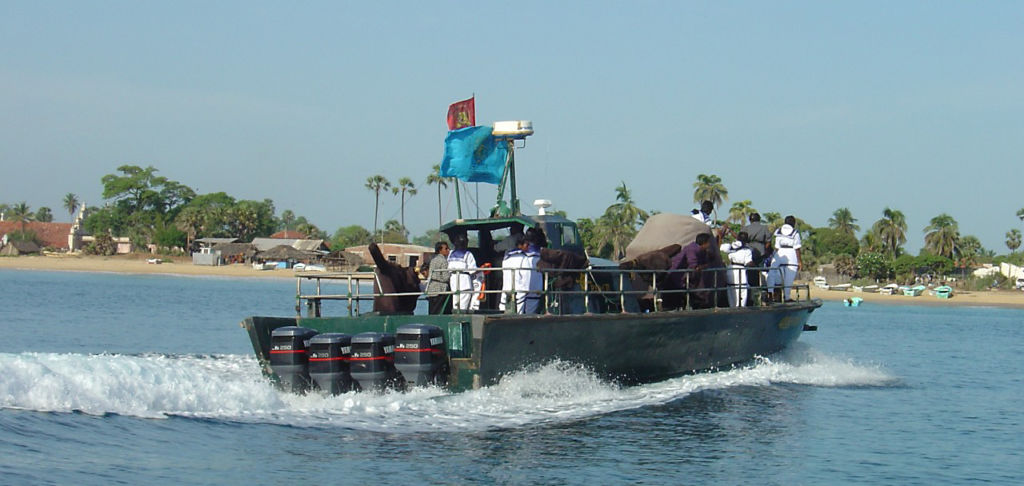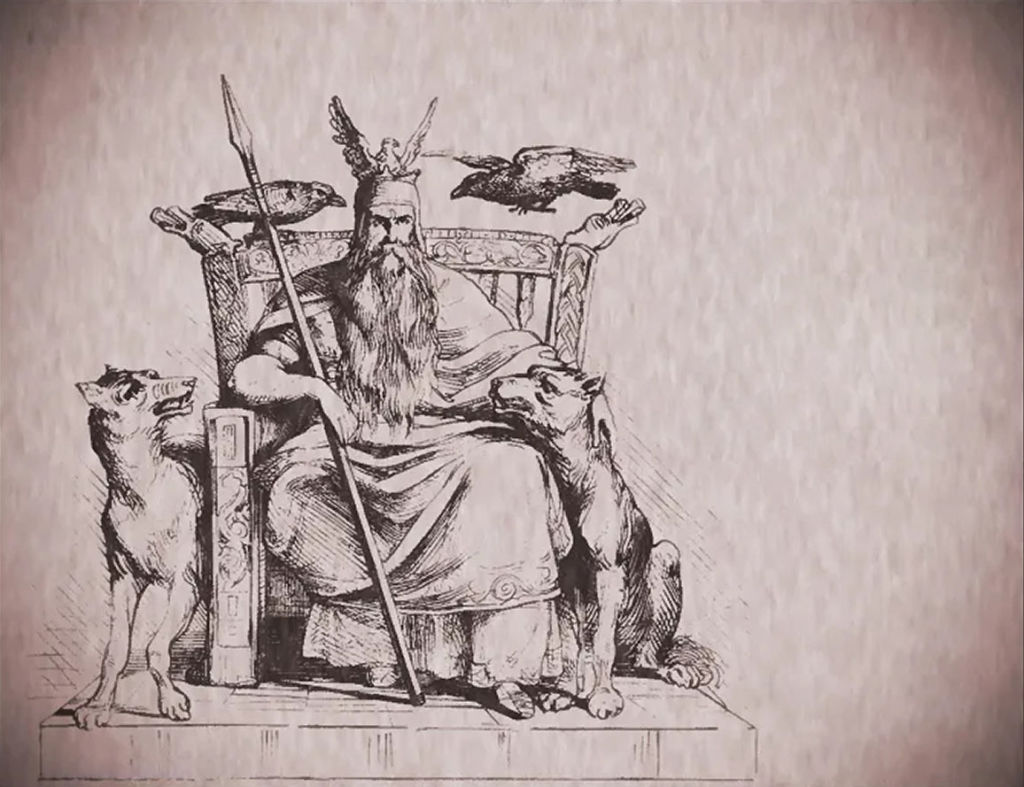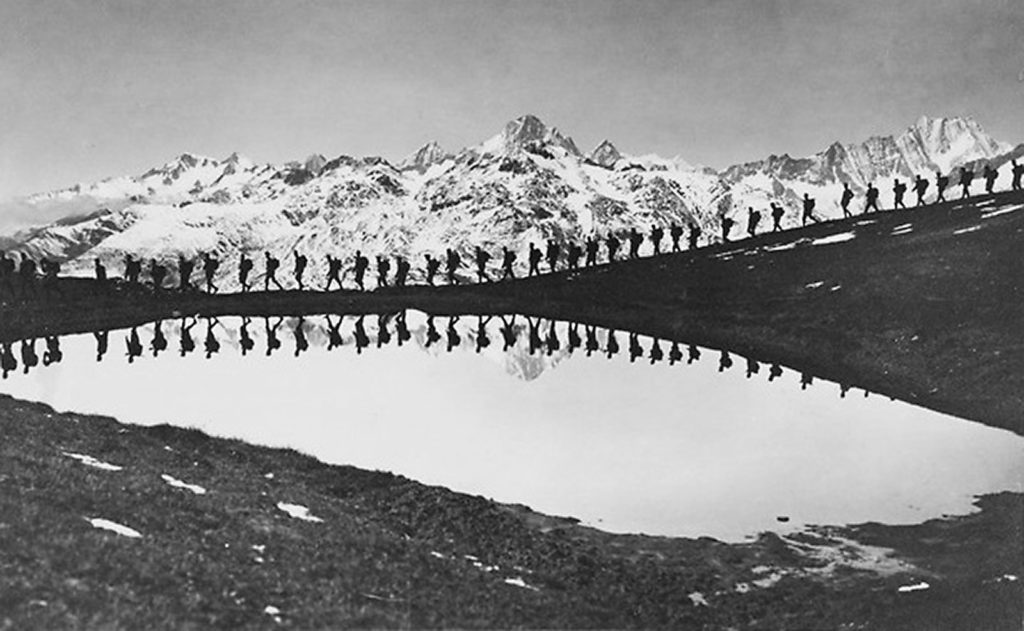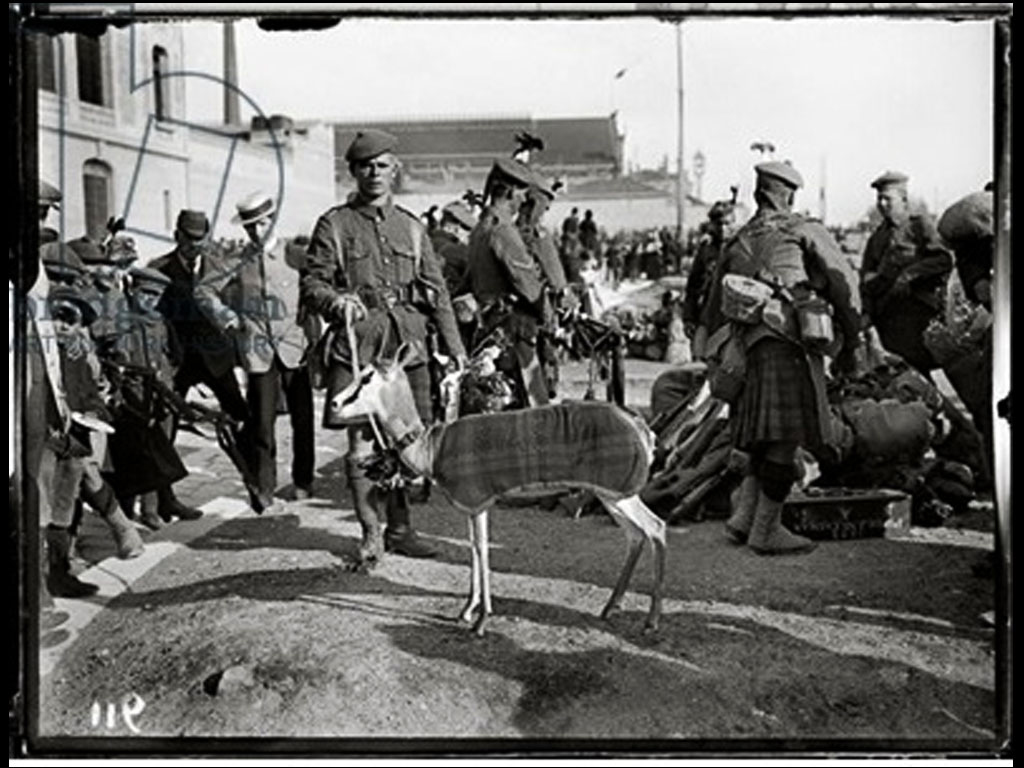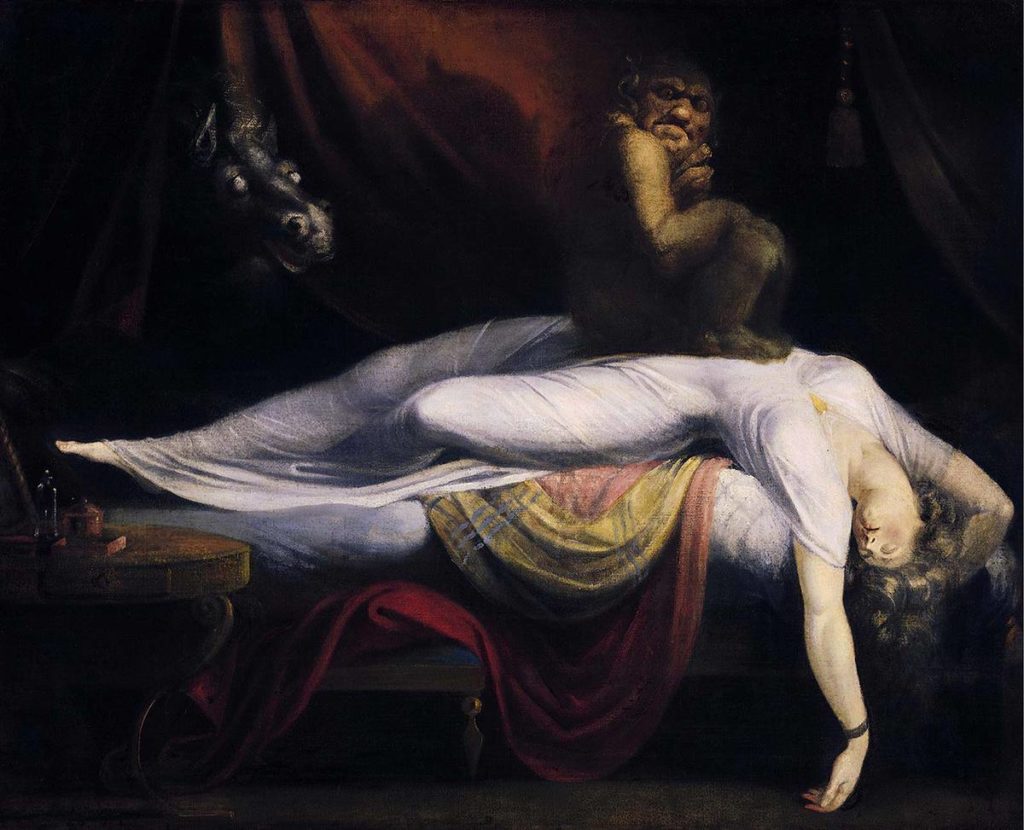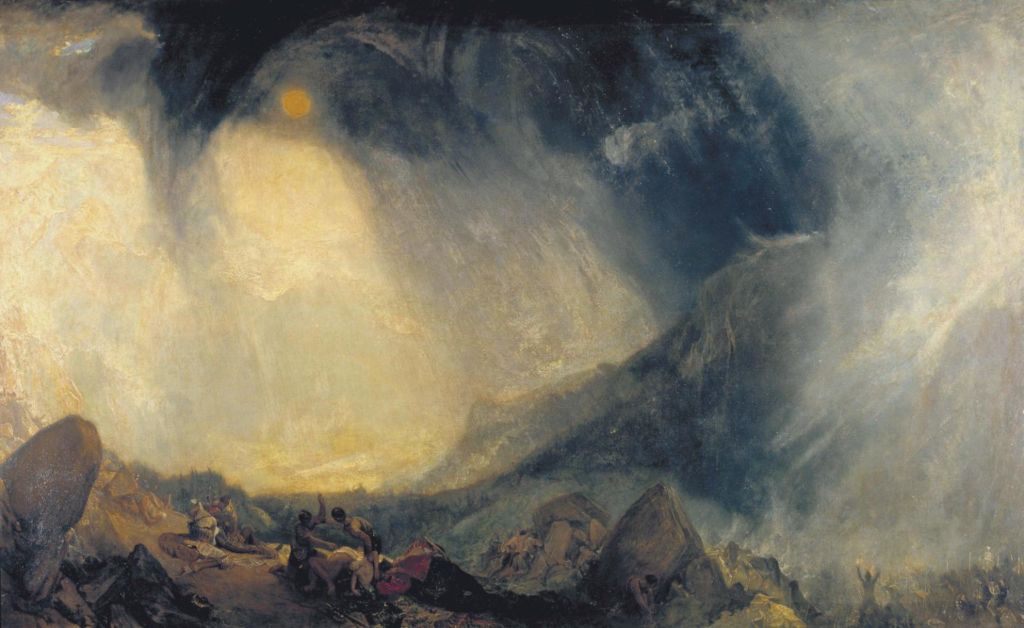The Golden Triangle is in the province of Chiang Rai, northern Thailand. Of this sensitive area, on the borders of Laos and Myanmar, all that is usually remembers are vague memories of opiates. Gradually, this narcotic legend has been giving way to groups of depressed enchained elephants, chloroformed tigers, tame crocodiles and hysterical monkeys performing for tourists in search of debasing attractions. Hordes of quads heedlessly pollute the jungle pendant while refugees from Myanmar ― persecuted Rohingya as well as Padaung, famous for their “Giraffe women” ― also penned up in tourist camps, peddle wares that they themselves have not made. Traditional Buddhist temples known as wats, sprout up all over the place for the delight of tourists but paradoxically detrimental to the serenity supposed to reign in such places of meditation. Two of them, however, are worthy of our attention.
The first, Wat Rong Khum or “White Temple”, was built by the artist Chalermchai Kositpipat. Initially expected to open officially in 2008, its designer now expects construction to continue until 2070, since an earthquake almost destroyed the structure in 2014. To achieve such whiteness, intended to evoke the purity of Buddhism and unparalleled even by Disney, its outer surface has been entirely encrusted with fragments of mirrored glass. Before entering this sparkling “Immaculate Conception”, visitors must first walk between two giant hooks, before crossing a lake with arms and skulls surging forth as if from hell. Inside, there is a room covered with mural where you can recognise, in particular, portraits of Neo from The Matrix, Freddy Kruger, Terminator and Michael Jackson, illustrating how Buddhist elevation can reach the heights of kitsch.
A few kilometres away, the Baandam Museum, known as the Black House, is not precisely a wat. The work of another artist, Thawan Duchanee, it was designed as a full-size exhibition of several temples in a carefully wooded park. Darker and more rustic, most of these forty buildings are made of wood. The others are built of concrete, baked clay or glass, and display strangely organic forms, like a squid for example. Even more surprising, each structure conceals thousands of miscellaneous objects: huge seashells, antique furniture, the tusks, heads and skins of wild animals, gongs, spectacular knives, enormous earthenware jars, basketry, oriental rugs, etc. It is hard to understand the rationale for this cabinet of curiosities combining Asian tradition with heroic fantasy, unless it is nothing more than the expression of one artist’s fascination for lost or imaginary worlds, like Suvarnabhumī, the mythical Golden Land of Indian legend, or, more simply a form of tourist genie, both Thai and Gothic.

